Why South Dakota's Wind Cave National Park is a marvelous two-for-one special
Wind Cave National Park may not be the only national park with a cool cave, but that doesn’t make it any less special.
“I think the caves are a little bit like people,” said Tom Farrell, chief of Interpretation at the park. “They're all a little different. They have their own story to tell.”
Wind Cave, for instance, is the sixth longest cave in the world and among the most complex.
“Larger caves (are) spread out over a larger area. We’ve got 167 miles of cave crammed under 1.2 square miles on the surface,” he said.
And that's not all there is to see at the Wind Cave. Here’s what else travelers should know about the latest national park in USA TODAY’s yearlong series.
What is so special about Wind Cave?

“We have the best example of boxwork found anywhere in the world,” Farrell said. “I like to brag we had the best boxwork in the solar system because the Mars Rover sent back some pictures that kind of look like crude boxwork, but ours are better.”
He compared the honeycomb-like calcite formations hanging from the cave’s ceilings and walls to fragile peanut brittle.
“Unlike a stalactite and a stalagmite that could continue to grow if they had more water dripping on them, these things, once you break them, they're broken, so they’re very rare and very delicate,” he said.
How much does it cost to get into Wind Cave National Park?
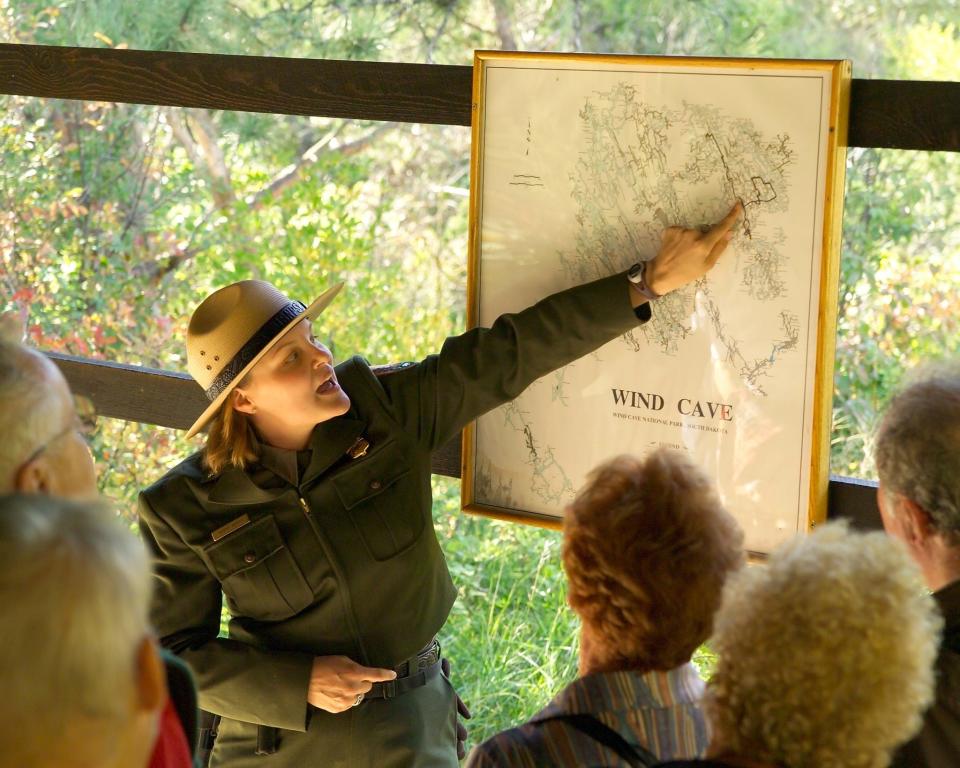
It’s free to enter Wind Cave National Park, but there are fees for ranger-guided cave tours. Most tours cost less than $10.
Can you go into Wind Cave without a tour?
No. “It’s too dangerous,” Farrell said. “Either people would crawl off trail and get lost,or people could vandalize the cave, so to protect the cave and protect the visitor, you’ve got to go with a ranger.”
Guided tours range from the 30-minute Accessibility Tour to the Wild Cave Tour, “where we give you a hardhat, elbow pads and knee pads and take your crawling in the cave for three to four hours,” he said.

How big is Wind Cave National Park?
Wind Cave National Park spans roughly 34,000 acres above ground. Below the surface, its namesake cave extends at least 167 miles. Farrell said there are around 3,000 leads still waiting to be explored.
“We're gradually expanding and learning a little bit more about the cave,” he said. “It's an exciting place to be.”
Just don’t follow your GPS to get there.
“You will get lost,” the park’s website warns in bold letters. “Many GPS units locate the park visitor center north on South Dakota Highway 87. The coordinates for the Visitor Center are N43 33' 22" W103 28' 38".
The park is about 11 miles north of Hot Springs, South Dakota. The nearest commercial airport, Rapid City Regional Airport, is more than 60 miles away in Rapid City.
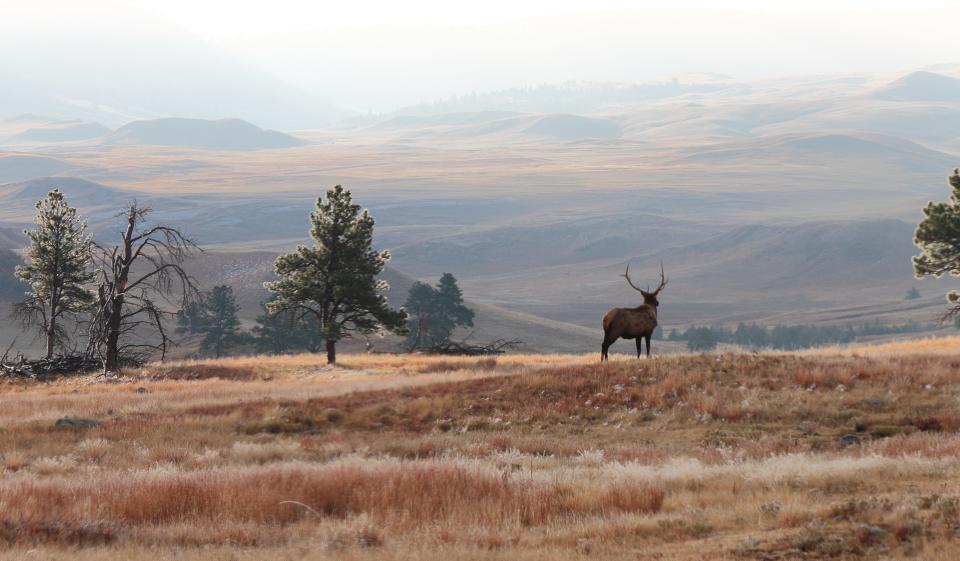
How long do you need at Wind Cave National Park?
“If it's just going to explore the cave, you could do it in half a day,” Farrell said. “If you're going to go hiking or whatnot, you definitely need at least a day.” There are more than 30 miles of trails in the park.
Travelers should note that the cave itself is closed this summer to allow for elevator updates. Instead of guiding visitors into the cave, rangers will lead interactive virtual tours in the park auditorium, allowing visitors with mobility impairment or claustrophobia to view parts of the cave they may never experience otherwise.
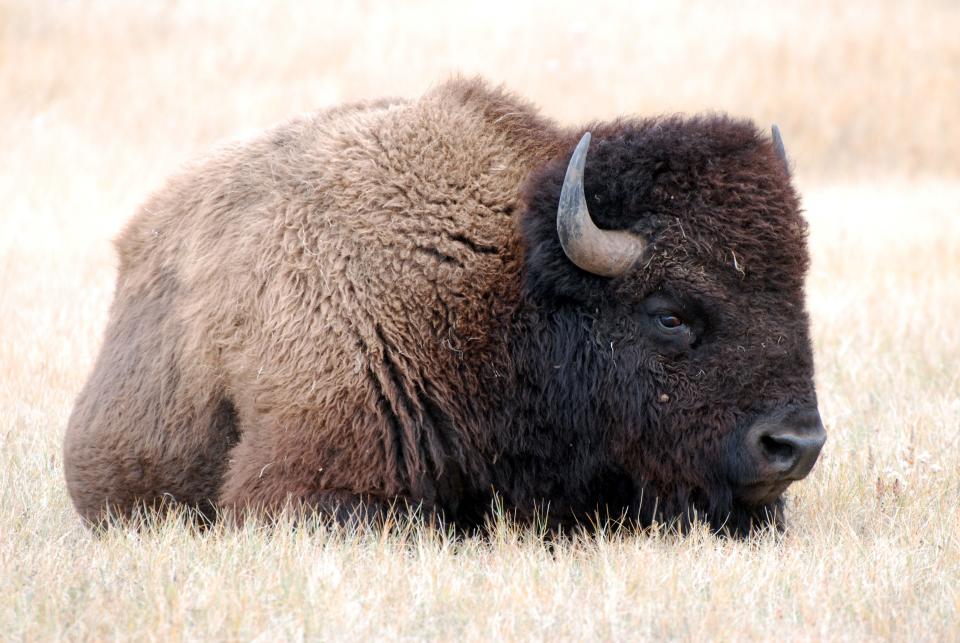
There’s plenty else to see above ground, including black-footed ferrets, prairie dogs, elk, and “a very unique bison herd.”
“This time of year, it's great because they have new calves that are cinnamon-colored,” Farrell said.
Additionally, new exhibits are expected to open at the park’s visitor center later this summer, sharing more of the Native history of the land.
“If you can't find something that you're passionate about here, you're just not trying,” Farrell said.
Who are the Native people of Wind Cave National Park?
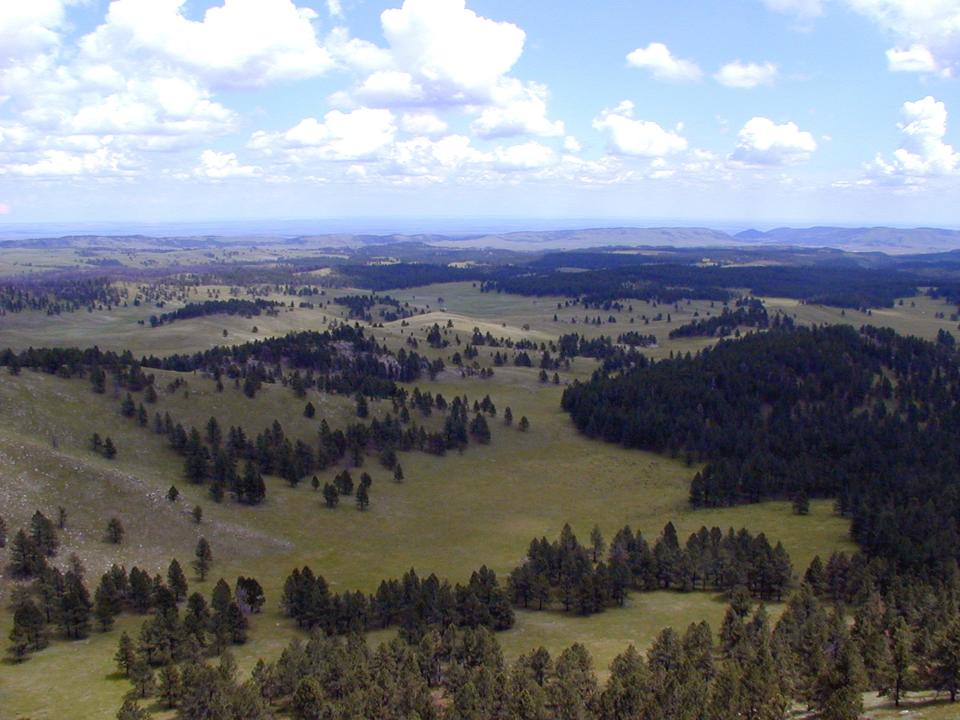
More than 20 Native American tribes are historically tied to the land, according to the park:
Assiniboine and Sioux Tribes of the Fort Peck Indian Reservation
Cheyenne River Sioux Tribe
Cheyenne-Arapaho Tribes of Oklahoma
Crow Creek Sioux Tribe
Crow Tribe
Eastern Shoshone Tribe
Flandreau Santee Sioux Tribe
Fort Belknap Indian Community
Kiowa Tribe of Oklahoma
Lower Brule Sioux Tribe
Lower Sioux Indian Community
Northern Arapaho Tribe
Northern Cheyenne Tribe
Oglala Sioux Tribe
Ponca Tribe of Indians of Oklahoma
Ponca Tribe of Nebraska
Rosebud Sioux Tribe
Santee Sioux Nation
Sisseton-Wahpeton Oyate
Spirit Lake Tribe of Fort Totten
Standing Rock Sioux Tribe
Three Affiliated Tribes (Mandan, Hidatsa and Arikara Nation) Fort Bethold
Upper Sioux Community
Yankton Sioux Tribe
What are some fun facts about Wind Cave?
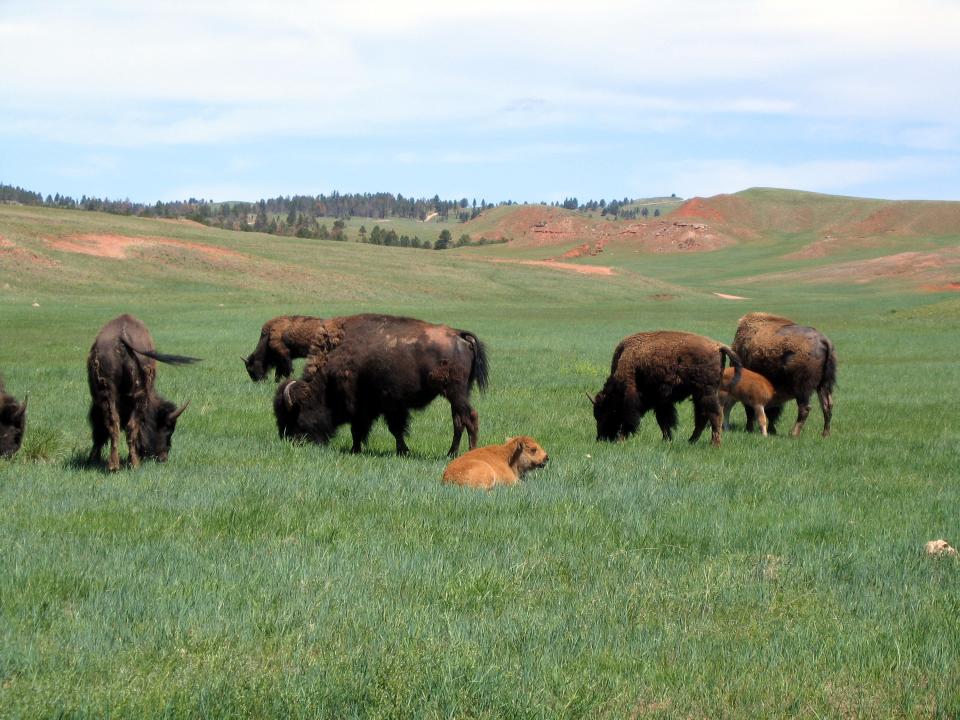
Farrell shared these five facts about the park:
For the Lakota people, this is their origin site where they emerged from underground and where bison were born into Lakota oral history.
Wind Cave National Park played an important role in helping save bison from extinction with the reintroduction of 14 bison from the Bronx Zoo in 1913.
Esther Brazell was hired as a park ranger at the cave in July of 1916, making her the first female park ranger in the National Park Service.
Wind Cave National Park is the sixth-oldest national park in the system and one of the oldest caves in the world, making it a place where one can be fully immersed in ancient earth.
This national park is still being explored. Cave explorers are continuing to find more rooms and passages.
This article originally appeared on USA TODAY: Why Wind Cave National Park in South Dakota is worth visiting


